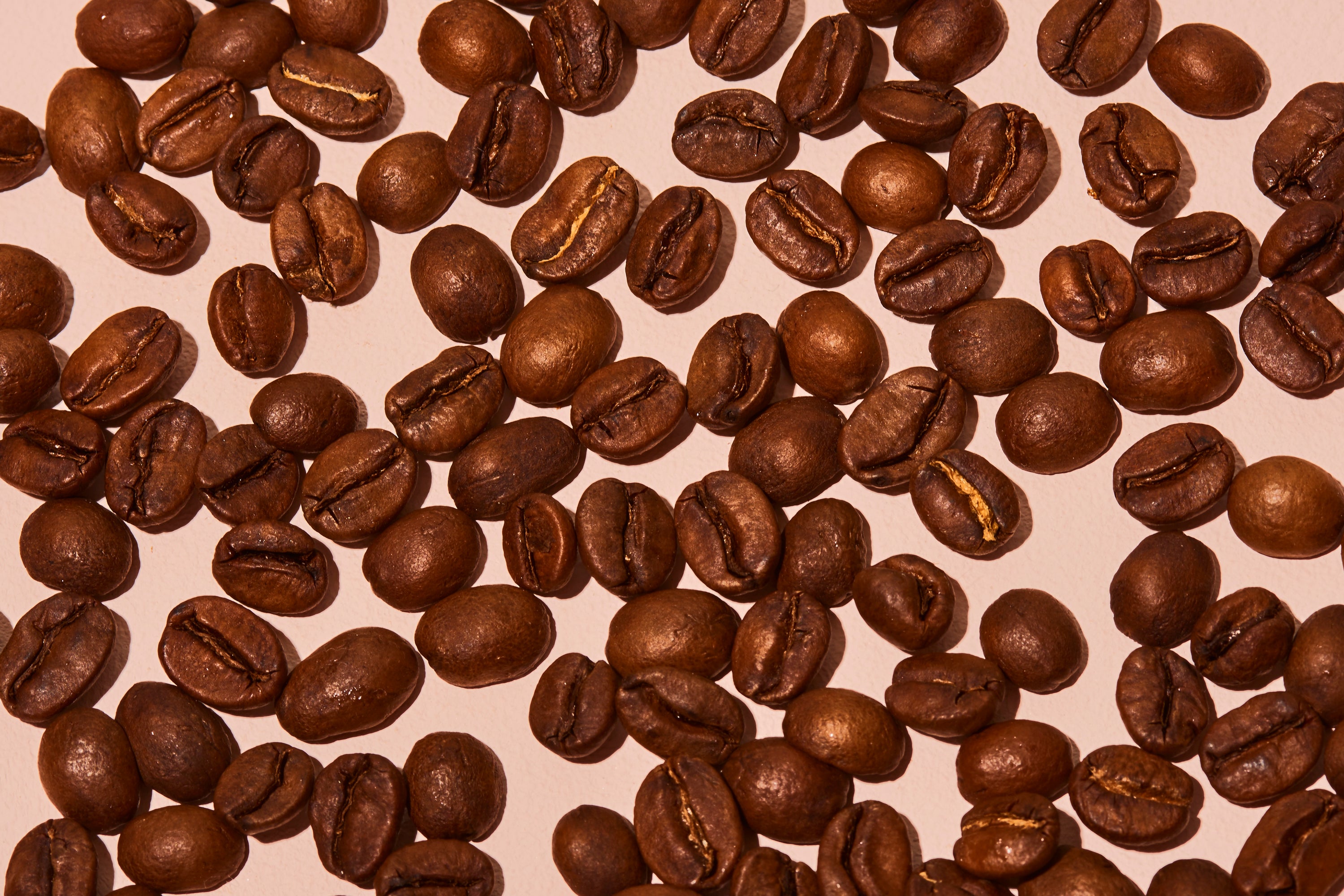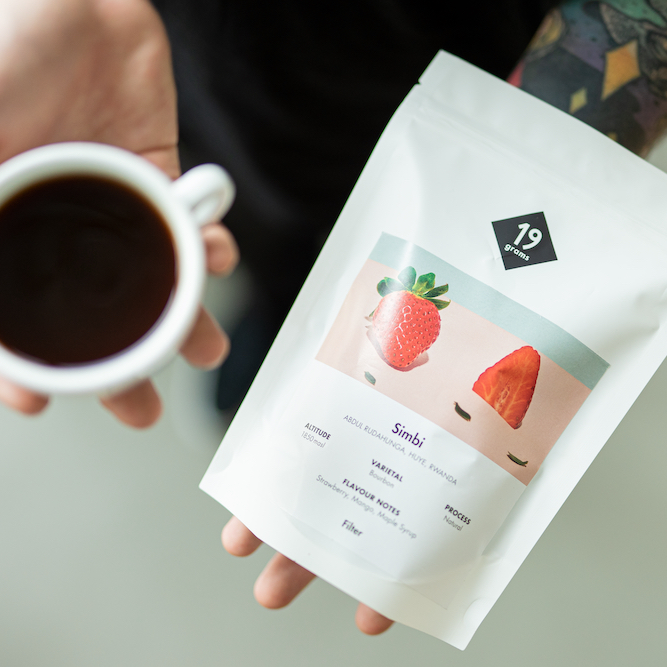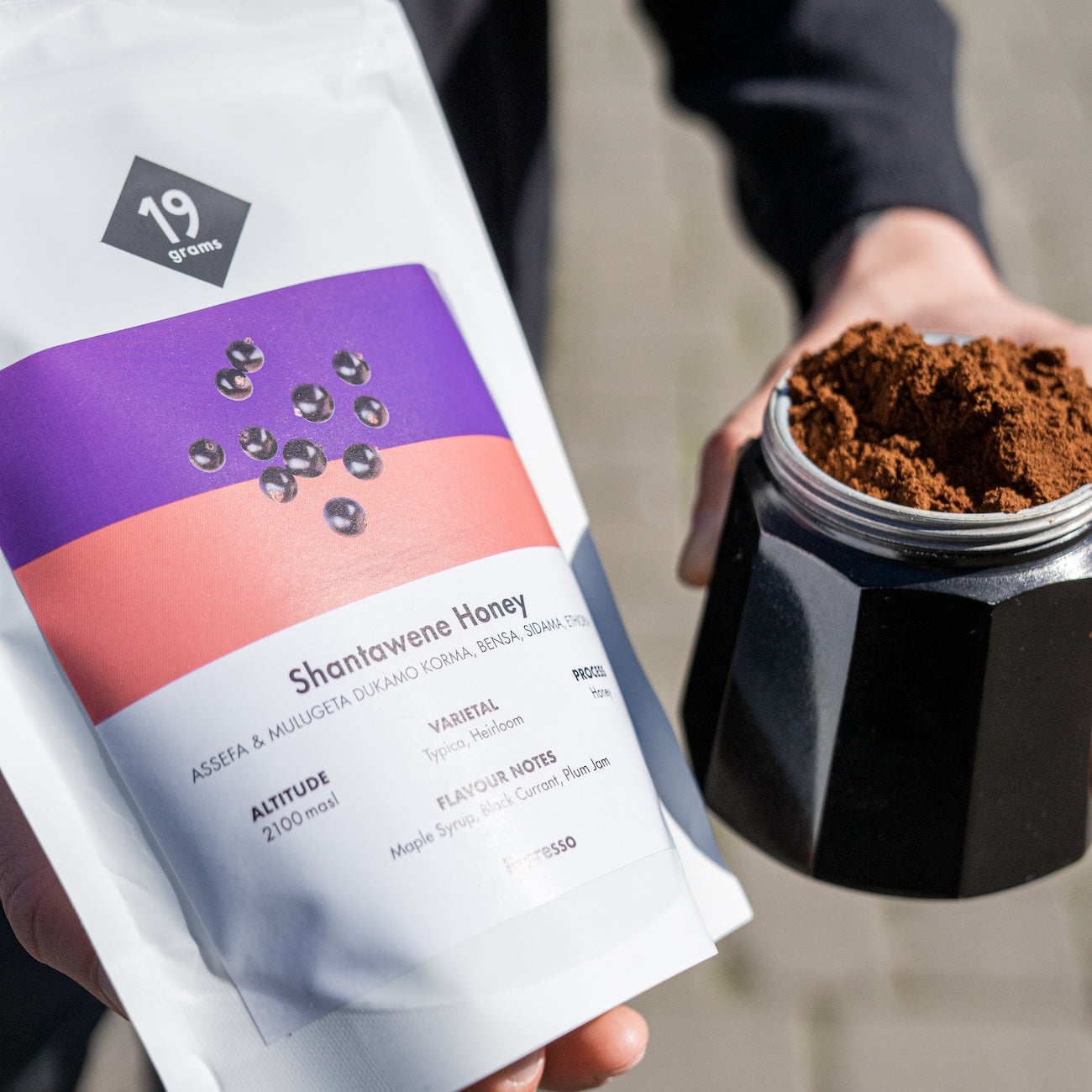Stinky beans, also known as stinkers, are coffee beans that have been over-fermented or subjected to overheating during the fermentation process, resulting in an extremely unpleasant odour. Just one stinker bean can render an entire batch of roasted coffee undrinkable. These beans are outwardly hardly distinguishable from normal coffee beans until they are ground and release their foul odour. Under the microscope, certain bacteria and fungi can be detected in stinky beans.
To prevent stinky beans from getting into the finished coffee, coffee producers use strict quality controls. They use various methods, such as cupping, to detect and sort out stinky beans. Cupping involves tasting samples from different batches of coffee to ensure that no stinkers are missed. Nevertheless, there is occasionally the possibility of accidental overlooking. Consumers can usually rely on high-quality coffee brands that have undergone more stringent quality controls, thus reducing the risk of stink beans in their coffee.
If a stinky bean is detected in the coffee, it should not be used for brewing. If the unpleasant odour is detected after brewing, the drink should be discarded and the coffee machine thoroughly cleaned to avoid contamination of the next cups. By attentively recognising and properly handling stinky beans, both producers and consumers can minimise the risk of encountering these unsavoury coffee beans.




